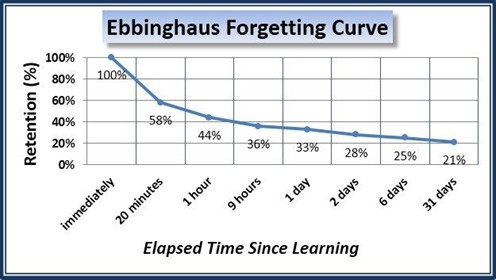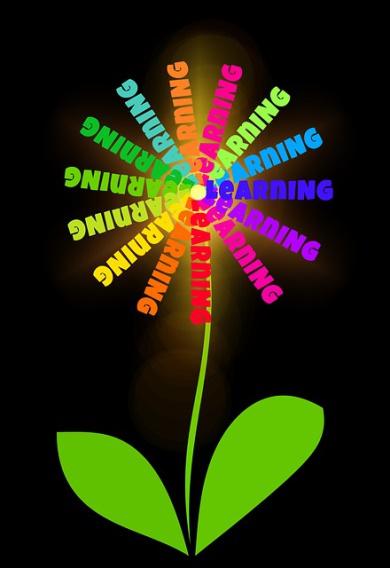Quiz: TESTING, ASSESSMENT, AND MEASUREMENT: WHAT’S THE DIFFERENCE? Part 2
Not too many learners look forward to a test, but this assessment is designed to reflect time-honored best-practices in assessment. It may confirm what you already know and/or challenge your thinking. Either way, it is an opportunity to validate your understanding, gauge your expertise, and identify lingering gaps.
Select one correct answer for questions but note that question 5 calls for two answers. Also note the ascending levels of Bloom’s Taxonomy. To help you out, each question has a hint or a quote from an assessment specialist or respected authority.
_____1. Large-scale strategies and methods primarily intended to quantify and judge learning are called (Recall)
A. Assessments
B. Tests.
C. Verdicts.
D. Evaluations.
“Testing has always been 20-20 hindsight. It’s good for seeing where you’ve been but can’t tell you what to do next or guide next steps.” Robert M. Pirsig Correct answer is B
_____2. In comparison to benchmark assessments, formative assessments help educators: (Understand)
A. Track students’ academic trajectory toward long-term goals.
B. Diagnose gaps in students’ understanding or skills and guide next steps in instruction.
C. Evaluate the effectiveness of the overall educational environment.
D. Decide which summative test to use.
“One of the most important roles of formative assessment is the provision of timely and informative feedback during teaching and learning.” National Resource Council Correct answer is B
_____3. Formative assessment includes all the following EXCEPT (Understand)
A. Questions and answers incorporated throughout teaching and learning.
B. Assessments used to determine a final score.
C. Feedback to and from students.
D. Information about student progress that informs instruction.
“Formative assessment helps student continue to learn as well as see evidence of progress” Rick Stiggins Correct Answer is B
_____4. What type of assessment is a teacher using when she asks, “Does everyone understand the vocabulary?” (Understand/Apply
A. Summative Assessment
B. Formative Assessment
C. Performance Assessment
D. Authentic Assessment
Checking for understanding requires confirmation and evidence. Consider including a “quick quiz” with Quizlet or Plickers” Correct answer is A
_____ _____5. How should Mr. M respond to the outcomes of pre-assessments? Select two answers to this question. Apply/ Analyze
A. Give a second pre-test
B. Teach his unit as planned
C. Modify the unit objectives to align with student’s abilities
D. Begin class with a review of gaps in prior learning as
required for upcoming learning
“Providing a framework for improvement instead of simply labeling it at periodic intervals, has the greatest capacity to impact student achievement.” Robert Marzano Correct answers are C and D
_____6. When compared to summative assessment, formative typically: (Analyze)
A. Judges the outcomes of learning.
B. Is used during teaching in support of learning.
C. Is given at the end of a unit of instruction.
D. Generates numerical data.
“Feedback functions formatively only if the response to the learner is intended to deepen understanding and improve performance.” Dylan Wiliam Correct Answer is B
_____7. How is assessment related to a class’s learning objectives? (Analyze)
A. Assessment and learning objectives mean the same thing.
B. Assessments certify that a class’s learning objectives have been met.
C. The instructional objectives and learning intentions should align with purposeful assessment.
D. There is no relationship between assessment and learning objectives.
“Assessment and instruction are often conceived as curiously separate in both time and purpose.” Lorrie Shepard Correct answer is C
ENRICHMENT: Design a chart for teachers that shows the significant differences between measurement and assessment. (Create/Analyze)








 This provocative question came from Dr. Paul Yovanoff and students in his Department of Teaching & Learning teacher preparation program at SMU: In light of controversies with the adoption of Common Core Standards, what are the critical issues for teachers to understand about aligning standards, learning intentions, and assessment? Here’s my response:
This provocative question came from Dr. Paul Yovanoff and students in his Department of Teaching & Learning teacher preparation program at SMU: In light of controversies with the adoption of Common Core Standards, what are the critical issues for teachers to understand about aligning standards, learning intentions, and assessment? Here’s my response:



 PART 1: BIG IDEAS AND HONEST TRUTHS ABOUT ASSESSMENT
PART 1: BIG IDEAS AND HONEST TRUTHS ABOUT ASSESSMENT
 Straightforward Realities of Best Practice
Straightforward Realities of Best Practice